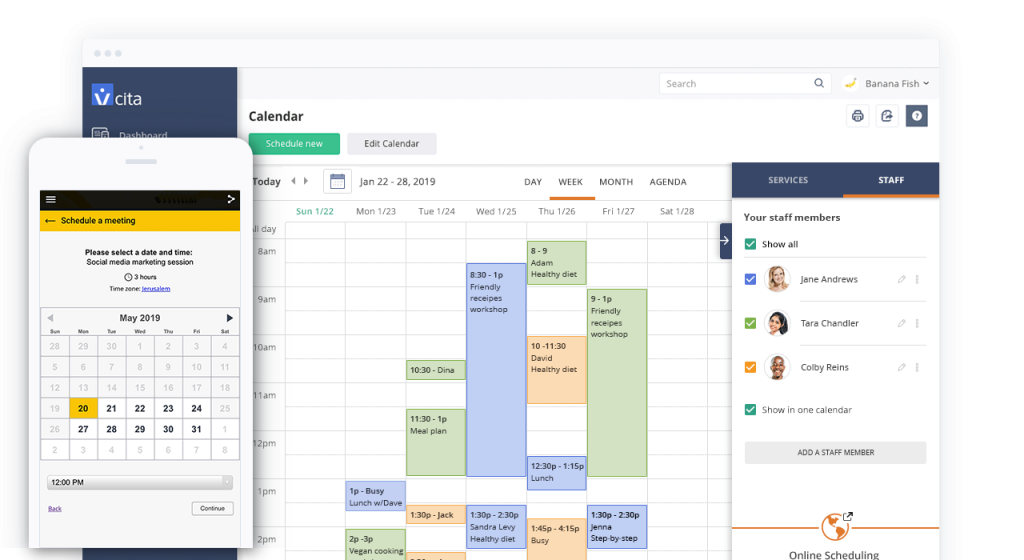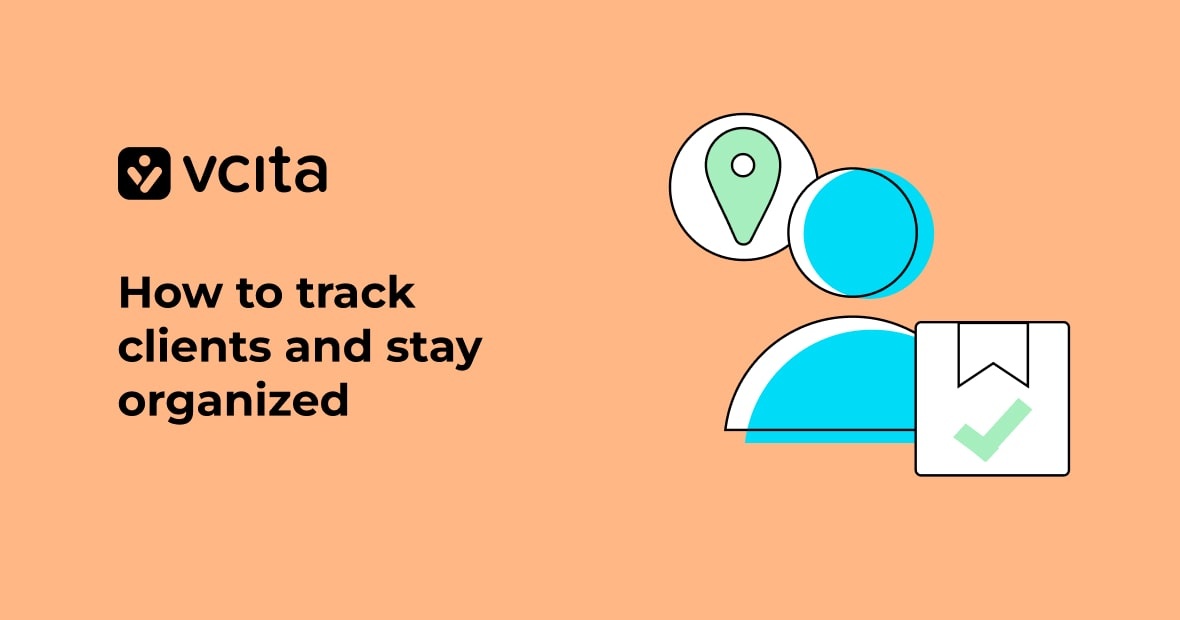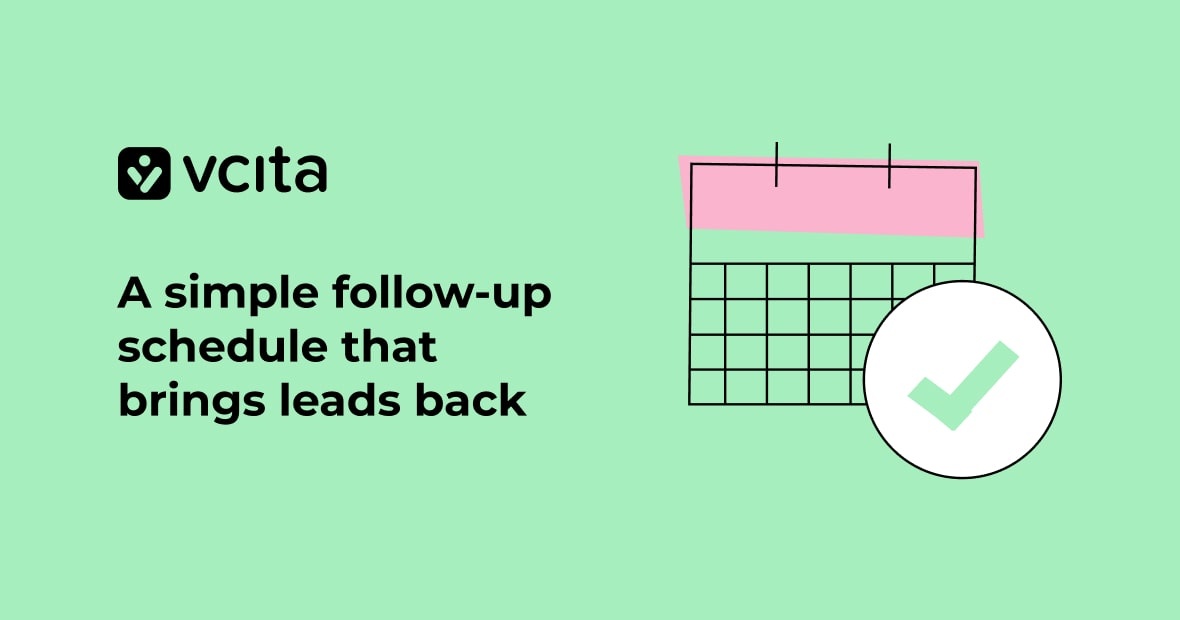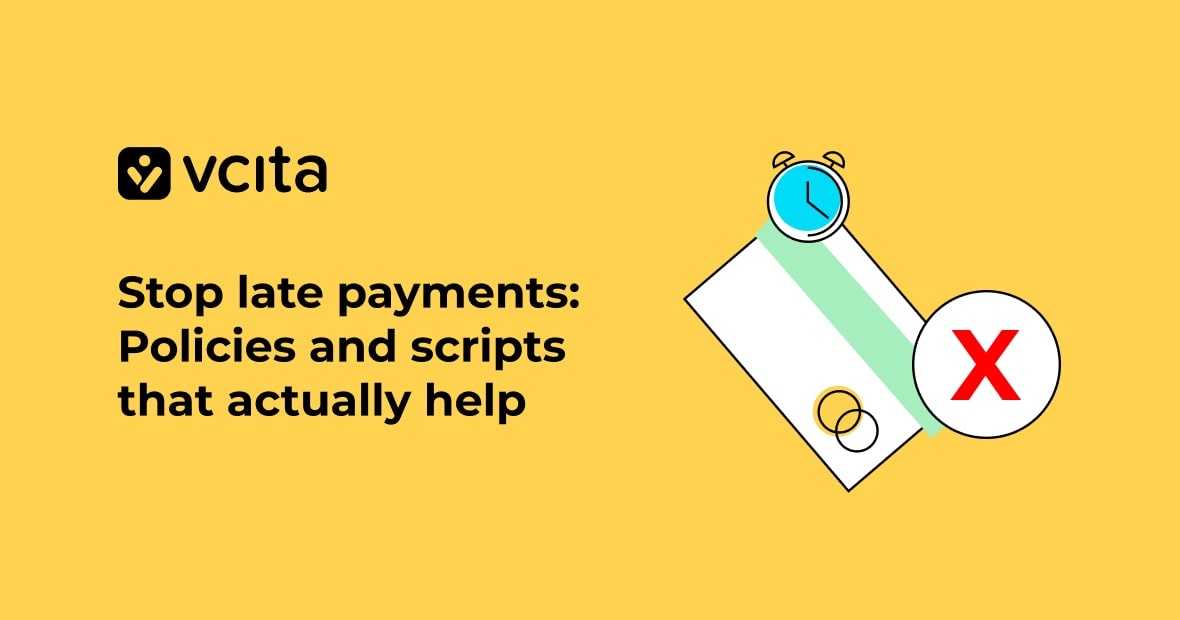Whoever coined the phrase “I’ve got all the time in the world” likely didn’t run a small business. As a solopreneur, you’re all too aware that success is tied to how much you accomplish, so it’s critical to schedule each day so that you’re making the most of each minute.
Scheduling for efficiency is not something that every business owner does well. According to the Atlassian, 40% of the average workday is spent on unproductive pursuits that include:
- Struggling through email
- Unnecessary meetings
While it’s impossible to do business without responding to email and meeting with clients and employees, there are strategies and tools you can use to get the most out of every workday. Below is an overview of 7 tips that make it easier to schedule your day efficiently.

1. Spend Each Morning Planning Your Day
For many small business owners, their inbox doubles as a to-do list. The problem with this approach is that you can be pulled in a different direction with each new email and spend the entire day dividing your energy between multiple projects. This is beyond multi-tasking: it’s a fractured approach that leaves you with several half-done initiatives at the end of the day.
Before you dive into your email each morning, write out a to-do list for the day and specify what you want to accomplish. Identify priority tasks vs. those that can wait until the next day if necessary. This list will provide you with direction and keep you anchored when incoming messages and other distractions cause you to veer off-course. Brian Tracy said it best: “Every minute you spend planning saves 10 minutes in execution.”
2. Eat A Frog
Mark Twain once said that if your job includes eating a frog, you’re better off doing it first thing in the morning. With his typical wry humor, he was saying that you should start the day by completing a task you really don’t want to do. Otherwise you will keep putting that task off until it becomes an emergency that throws your afternoon and evening into a state of chaos.
For example, if you don’t like making cold sales calls but they are a necessary part of your business, do them before you tackle anything else. The rest of the day will be easier in comparison and you’ll feel a sense of relief as well as accomplishment.

3. Automate Your Schedule
According to one study, business professionals spend at least 4.8 hours a week scheduling meetings. By the end of the year, you may have spent the equivalent of six weeks- and that doesn’t include the time spent attending these meetings.
The solution? Scheduling software like vcita, which lets clients schedule their own meetings 24-7 using an online calendar that automatically updates as your availability changes. You and the client will receive a confirmation and automatic reminders as the meeting time draws near, reducing the risk of a no-show.
If you run a service-based business such as a beauty salon or tattoo shop, customers can book an appointment with a preferred employee or whoever happens to be available. vcita integrates with Stripe, which makes it possible to accept deposits or payments at the time of booking.
With online scheduling, phone tag and hands-on calendar management are things of the past. You can use this formerly wasted time to manage the business and make it even more profitable. Even if you don’t have a website yet, the vcita online calendar can be placed on your company’s Facebook page- no coding knowledge required!
4. Block Off Time
If you spend your days jumping from one task to the next, you can feel like you’ve been busy, and technically, you were. However, you probably didn’t accomplish much.
To schedule your day more efficiently, dedicate blocks of time to accomplishing your biggest tasks. Log into your calendar software and create 30-minute blocks for activities like checking and responding to emails, creating social media posts, and proofing proposals or reports that you’ve written. Color-coding your events for categories like non-essential tasks, preparatory work, meetings, and critical matters make it easier to evaluate your day at a glance.
The benefits of blocking off time include:
- A greater sense of accountability for the tasks in the blocked-off time frame
- Improved understanding of how long it takes you to do certain things
- Limited risk of important duties being “lost in the shuffle”
- Decreased likelihood of scheduling conflict
According to a Florida State University study, performance and productivity are ideal during uninterrupted 90-minute time blocks. When you have tasks that require closer attention and concentration, review your calendar, block off 90 minutes, and advise your team that you’ll be busy.
If your scheduling software is connected to your calendar, you’ll also be unavailable if anyone tries to book a meeting during that time, which prevents the all-too-common dilemma of overbooking.
5. Group Similar Tasks Together
‘Multitasking’ is a modern buzzword. It is the practice of undertaking more than one task at once, such as composing an email while talking on the phone. You may feel like you’ve accomplished a lot, but research suggests that when you try to do more than one thing at once, your productivity decreases by 40%.
To work more efficiently, group similar tasks together and complete them within a time period blocked off for that purpose. You can master grouping by reviewing your to-do list every morning, identifying tasks that are similar, and clustering them together. Examples of categories include:
- Phone calls
- Creative work (press releases, social media posts, website content)
- Paperwork (contracts, employee files, placing orders)
- Networking
- Meetings with clients, vendors, or employees
What makes this approach so effective is that when you group tasks that are similar in nature, your brain doesn’t have to make the leap from one form of thinking to another, so the transitions are more seamless and you work more efficiently.
For example, you could write your social media posts and website content during a 90-minute time frame assigned to creative activities. Your mind goes into writing ‘mode’ once you begin that Facebook post about weekend sales or Twitter announcement about a newly-hired employee, making it easier to start updating the company bio on your website after all social posts are complete.
6. Embrace Routine
If you’ve always prided yourself on being creative and spontaneous, the idea of having a routine could make you uneasy. When you’re building a business, however, a sense of structure will make it easier to separate your personal and professional time.
The most successful entrepreneurs have daily, weekly, and even monthly routines that keep them productive, efficient, and inspired. Entrepreneurship can be stressful, and stable routines become the foundation on which you structure your company.
You don’t have to observe a traditional Monday to Friday, 9:00 a.m. to 5:00 p.m. workweek. Winston Churchill had a highly unusual working routine that may have contributed to his successful run as British Prime Minister.
Every morning, Churchill woke up at around 7:30 a.m. After eating breakfast, he would stay in bed but pass the morning reading the national newspapers to get a handle on any changes in current events, reading his mail, and dictating responses to his secretaries. At around 11:00 a.m., he got out of bed, showered, and took a leisurely walk in the garden. After a three-course lunch that typically ran from 1:00 p.m – 3:30 p.m., Churchill would return to work and keep at it until 5:00 p.m.
Most of us don’t work from our beds or take the time to indulge in a two-hour lunch, but when you observe a regular schedule, it helps you recognize ‘work time’ more easily and prevents your business obligations from interrupting time with your friends and family. Without these boundaries, you risk burning out and putting the company -and your health- at risk.
7. Take Regular Breaks.
No one can stay productive 24-7. Although solopreneurs typically work longer hours than most employees, you need to take regular breaks to maintain your well-being as well as efficiency. Former Twitter CEO Evan Williams has said that he always leaves the office in the middle of each workday to visit the gym and work out.
When you put in an excessive amount of hours, you miss out on time with loved ones who can help you stay grounded and remind you of why you’re trying to build a successful company in the first place. Taking breaks is also a key part of the innovation process: when you consciously step back and disconnect, it can actually help your brain synthesize new ideas.
Conclusion
In his bestselling The 7 Habits of Highly Effective People, Steven Covey warned, “Most of us spend too much time on what is urgent and not enough time on what is important.” These 7 tips can help you schedule your day so that you can efficiently tackle both.




























